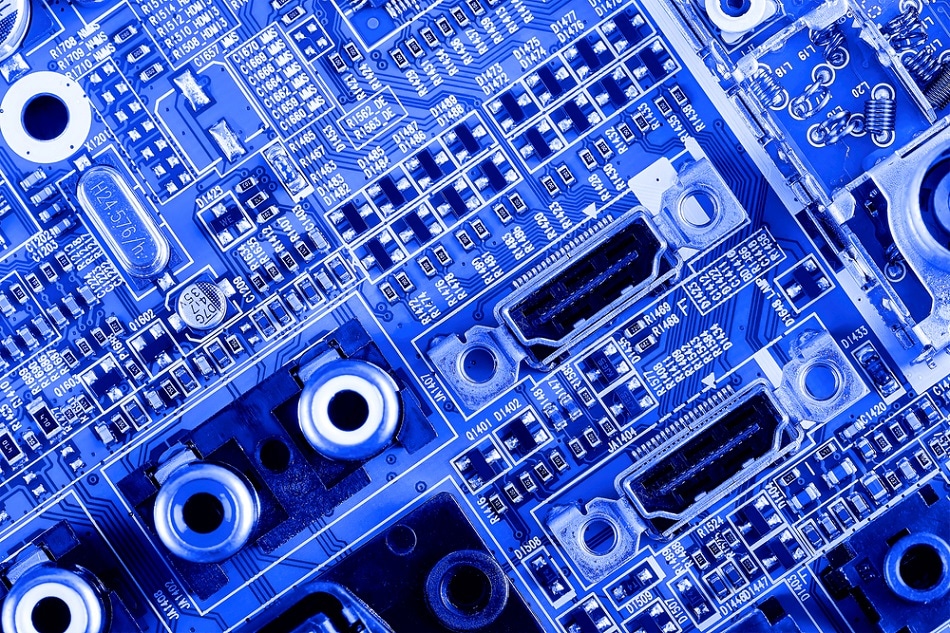Jul 4 2017
An international team of Scientists including Professor Enrique del Barco from the University of Central Florida, Damien Thompson from the University of Limerick and Christian A. Nijhuis from the National University of Singapore have now overcome a significant drawback that has hindered the practical application of molecular diodes for about two decades.
 Raimundas/ Shutterstock.com
Raimundas/ Shutterstock.com
The fundamental constituents of modern electronics are electrical circuits, including components that regulate the current flow. One such component is the diode which enables current to flow in one direction but blocks the flow in the opposite direction.
The circuits that are universally used in electronic devices are based on silicon. However, Researchers have engaged for a long time in attempting to replicate the potentials of silicon-based circuitry at the molecular level. In molecular electronics, either single molecules or nanoscale cluster of single molecules are used as electronic components, thereby enabling unrivalled miniaturization of computer systems and other electronics.
Diodes are identified by their rectification ratio, that is, the ratio of current between negative and positive electrical bias. For commercial silicon-based diodes, the rectification ratios are 105 to 108.
The rectification ratio is directly proportional to the accuracy of regulation of current. Therefore, for about two decades, Scientists have been unsuccessfully attempting to develop molecular diodes with rectification ratio equal to or more than the optimal rectification ratio. A basic theoretical defect of a single molecule has restricted the rectification ratios of molecular diodes to not more than 103, which is considerably less when compared to the commercial values of silicon-based diodes.
At present, a group of Researchers headed by Nijhuis has established a technique to achieve a rectification ratio that has been considered to be theoretically implausible to date. The results of the study have been recently reported in Nature Nanotechnology, a scholarly journal.
The research team was successful in creating macroscale tunnel junctions by using a single layer of molecular diodes. When the bias polarity gets changed, the number of molecules in these junctions that conduct current also changes, thus exponentially increasing the intrinsic rectification ratio of an individual molecule during forward bias by nearly three orders of magnitude. The technique adopted by the research team overcame the 103 limitation, thus achieving the highest ever rectification ratio of 6.3 ´ 105.
“It surpassed that limit imposed by theory. Definitively, you now have a molecular diode that responds comparably to silicon-based diodes,” stated del Barco, a Physicist who elucidated the data and carried out the theoretical modeling that illustrated how the technique works. “It moves something that was only science into a commercial possibility.”
Although this advancement might not be a substitute for silicon diodes, it can ultimately enable the use of molecular diodes for applications that cannot be supported by silicon diodes. Moreover, as molecular diodes can be synthesized in a chemistry lab, they would be inexpensive and simple to produce when compared to standard diodes.